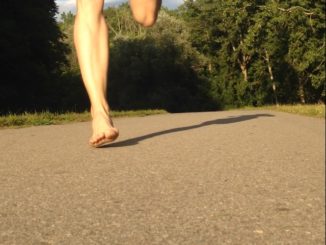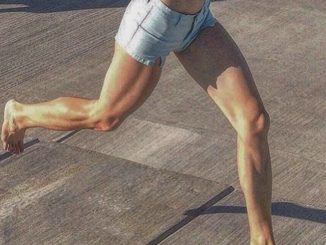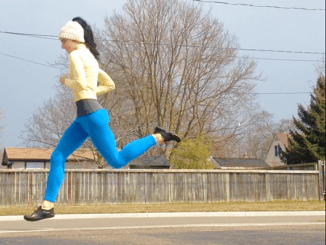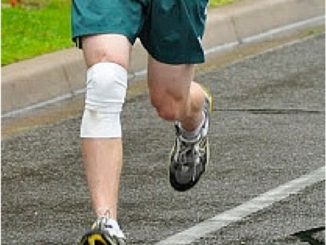
Why Are Barefoot Shoes So Expensive? No Worries! Here are the Best Deals on Barefoot Shoes!
Minimalist shoes don’t have to be expensive because I have created a page dedicated on bringing you daily deals on the best minimalist shoe brands!

Minimalist shoes don’t have to be expensive because I have created a page dedicated on bringing you daily deals on the best minimalist shoe brands!

Ankle pain in a new forefoot runner is adaptive pain as the ankle, which is used more functionally in forefoot running thanin heel strike running, is just gaining more developmental strength to the new running condition. The pain will vanish once the ankle has adapted to forefoot running. Why does this pain arise in the first place? Its because the ankle has a bigger role to play in balancing the body, which significantly eases mechanical strain off the knee. In contrast, in heel strike running, the ankle is not used in this functional way but the knee is, which is why over-use knee injuries are higher in heel strike runners, since the additional mechanics engaged by landing heel-first was found to mis-use the knee in ways that causes loss of cartledge to the joint!

The main cause of toe injury from barefoot running is the toes are being used too much to aggressively push the entire weight of the body forward into the next step. This problem can be completely avoided by landing properly on your forefoot because it makes the knee softly bend and the torso shift slightly forward, which in turn, causes the foot to actually spring up on its own, thereby relieving the toes from being over-engaged to push the body forward through each step.

There are certain factors at work that make forefoot running more economical than heel strike running. One proven factor is that landing forefoot-first enhances the leg’s spring compression, meaning the leg is more spring-enabled. This was found to dramatically reduce muscle energy costs, which puts you in a much stronger economic position. At the same time, forefoot running also does a better job at preventing increases in impacts from spreading out onto the rest of the leg and body.

Unlike forefoot running, the knee is most severely impacted in heel strike running because landing heel-first was found to cause the knee to automatically lock at landing, which not only contributed to an over-extended stride tied to longer, more intensive braking, it also caused the leg to lose its shock absorbing capability, resulting in greater-than-normal all-around impact levels.
Copyright © 2025 | WordPress Theme by MH Themes